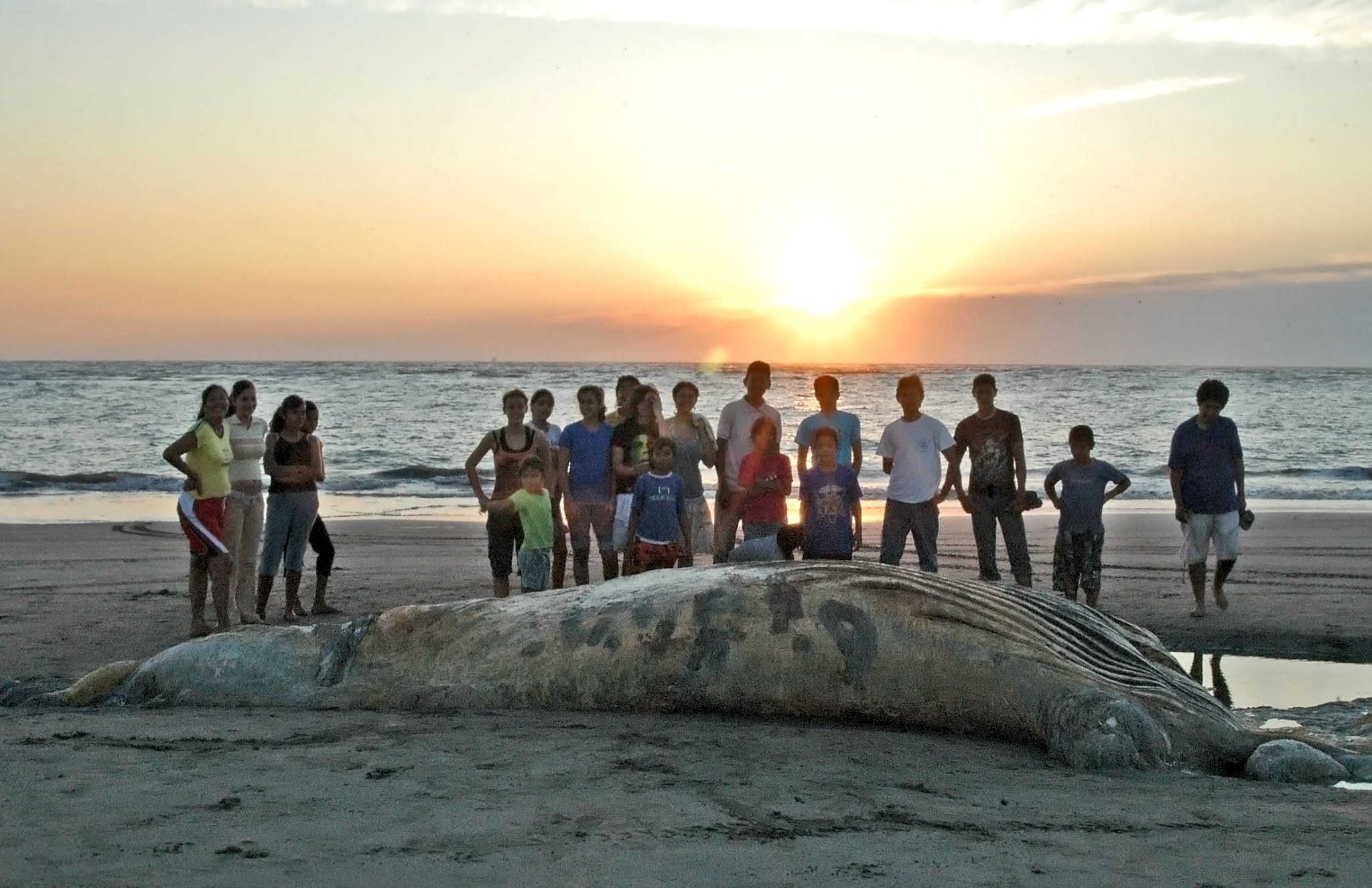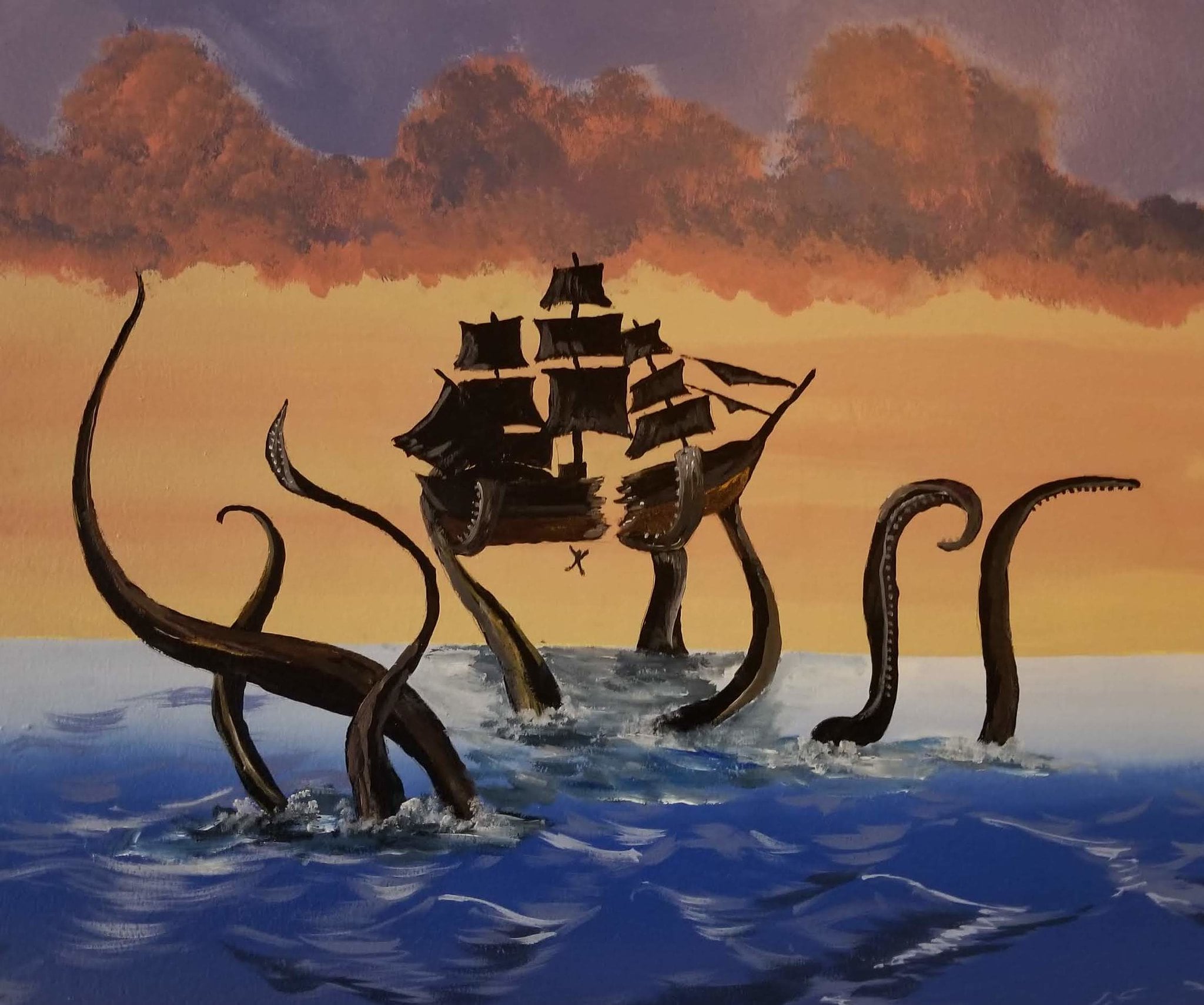 |
| Colossal Squid, a Mysterious Giant from the Deep Sea |
Colossal Squid, a Mysterious Giant from the Deep Sea. The sea is one of the most mysterious regions on earth. Naturally, because the sea is very wide and covers more than two thirds of the total surface of the earth, of course there are some parts of this sea that have never been visited by humans.
But over time and technological developments, little by little people began to unravel the mysteries of the ocean and discover various amazing things in it.
Colossal Squid, a Mysterious Giant from the Deep Sea
One of the amazing things that humans have managed to uncover from the sea is the colossal existence of the squid. Colossal squid or in scientific language Mesonychoteuthis hamiltoni is the largest squid species in the world.
The maximum body length is estimated to be more than four meters with tentacles ten meters long, so if the total length of these sea creatures can reach more than 14 meters. The spectacular size of the colossal squid has in turn earned him the title of the largest invertebrate in the world.
 |
| Colossal Squid, a Mysterious Giant from the Deep Sea (source) |
Due to its enormous size and physical characteristics, some have speculated that the colossal squid may be the answer to the mystery of the Kraken, a legendary fabled sea creature that is described as being enormous and capable of sinking ships with its tentacles.
Before the discovery of the colossal squid, people thought that the largest squid in the world was the giant squid of the genus Architeuthis whose total length reached 13 meters. Maybe someone is curious, what is the difference between the two animals so that they are considered different even though they are both giant squid?
The first difference is in the arms where if the colossal squid has sharp hooks on the surface of the arm, then the giant squid does not. The body of the colossal squid is also fatter and longer than the body of the giant squid.
The colossal name for colossal squid is taken from the word colossal which is often used to describe something very large or very grand. So, in short the name colossal squid means unusually large squid - a name that is not an exaggeration if we pay attention to its size.
 |
| Colossal Squid, a Mysterious Giant from the Deep Sea |
Apart from the colossal squid, this giant animal is also known as the Antarctic squid because so far this squid has only been found in the waters around the Antarctic Continent, the southernmost continent on the planet.
And by the way of finding, by looking at the location of the catch, colossal squid is estimated to live only in depths of more than a thousand meters.
The Mysterious Life of This Sea Giant
Colossal squid was first noticed by humans in 1925 when researchers examining the entrails of a sperm whale carcass found a pair of colossal squid tentacles inside.
Since then, the colossal squid has been seen by humans several times, both damaged and intact. The largest (about four meters and above) was caught by New Zealand fishermen in Arctic waters in 2007.
The colossal squid carcass was then brought to mainland New Zealand for research. Based on in-depth research it was concluded that the colossal squid was female and still immature due to its small size when compared to scientists' knowledge of the colossal maximum size of the colossal squid.
Although scientists have managed to get some important information about the colossal squid by examining the carcass, the animal's behavior remains unclear due to the difficulty of making direct observations in its habitat.
An example of the colossal behavior of the colossal squid that is still being debated is the way of feeding. One opinion states that the colossal squid has a way of eating similar to other small squids, namely by actively swimming and ambushing its prey in the form of large fish using its arms and tentacles.
This opinion is based on reports that a colossal squid found in 1997 was caught while eating Antarctic grouper caught in fishing nets.
Others argue that the colossal squid was actually a passive hunting animal. This opinion is based on the results of calculations by scientists where if the colossal squid is an active hunting animal, then the animals it needs to eat must be in large numbers.
On the other hand, the number of animals that can live in deep waters inhabited by colossal squid is not large due to the absence of producing organisms (phytoplankton) at that depth due to the absence of sunlight.
Read More: Jungle Centipedes, Feared Jungle Animals
The opinion that the colossal squid is a passive hunting animal has also been put forward where the colossal squid is considered a slow moving animal and obtains food by luring potential prey using luminous organs. The colossal body size of the squid does not necessarily mean it has no enemies at all.
The main known enemy of the colossal squid is the sperm whale, which reaches fifteen meters in length and can dive to thousands of meters for more than two hours to catch deep sea animals, including the colossal squid.
Scientists hope that by observing the behavior of sperm whales more frequently, they can gain new information about the colossal squid.
Apart from sperm whales, animals such as sea elephants, pilot whales and albatross birds are also said to eat colossal squid when they are young. By: Ochie











0 comments